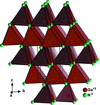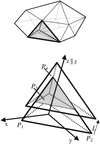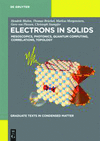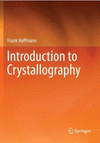issue contents
May 2021 issue

Cover illustration: One of the major bottlenecks in macromolecular X-ray powder diffraction has always been the loss of structural information due to the severe overlap of powder diffraction peaks. In this issue, Spiliopoulou et al. [Acta Cryst. (2021), A77, 186–195] report an improved data-collection strategy using a MYTHEN II strip detector that leads to substantial improvement of angular resolution at low 2θ. The cover image shows selected amino acids of the refined structure of octreotide.
advances
lead articles
 access
accessresearch papers


 access
accessfoundations
research papers
 access
access access
accessaddenda and errata

book reviews




 journal menu
journal menu





























